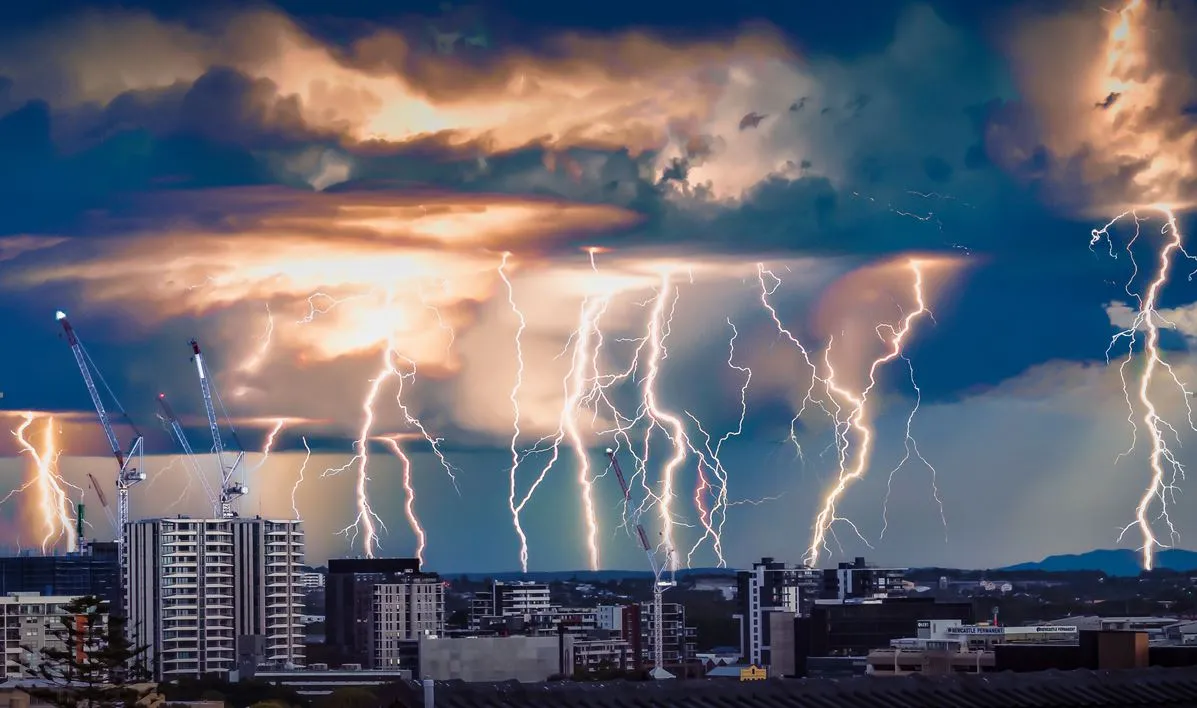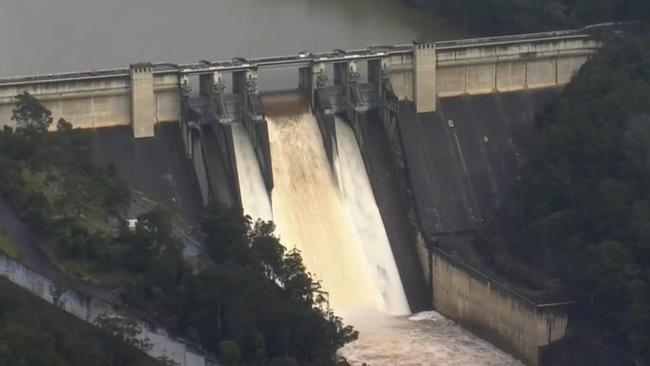
Sydney SES tackles severe storms
Sydney's SES Braces City Through Ferocious Storms in Week of Floods, Chaos, and Courage"
Sydney was rocked this past week by one of the most intense storm systems seen in recent years, a powerful east coast low that brought torrential rains, damaging winds, flash floods, and widespread infrastructure damage across New South Wales. While the storm made headlines for its sheer force and speed, it was the tireless work of the NSE State Emergency Service (SES) that truly shaped the outcome rescuing stranded residents, clearing roads, coordinating evacuations, and holding communities together in the eye of the storm. This was not merely a test of weather systems, but a sobering examination of urban preparedness, community response, and the human cost of climate fueled extremes.
The storm began as a deepening low pressure system forming off the eastern seaboard, rapidly intensifying to what meteorologists described as a "bomb cyclone" a term for fast developing storms that grow in intensity within a 24 hour period. As the weather system took aim at NSE, the SES activated its full alert protocols, deploying thousands of volunteers and personnel across coastal communities. Rainfall exceeded 200 mm in some regions, especially south of Sydney, while winds reaching 130 km/h downed trees and power lines, tore off roofs, and rendered several major highways impassable. Flash flooding swept through suburbs in the Illawarra and Shoalhaven areas, and SES rescue crews had to reach residents trapped in flooded homes and vehicles.
One of the most critical moments of the crisis came when the Warragamba Dam, which supplies much of Sydney’s water, exceeded its capacity and began to spill. This led to a rapid rise in river levels downstream, triggering emergency flood alerts across the Hawkesbury and Nepean river systems. The SES, already coordinating rescues in urban neighborhoods, had to shift gears quickly issuing flood evacuation notices to vulnerable communities, organizing temporary shelters, and monitoring river gauges in real time. Dozens of SES units moved into affected suburbs, going door to door to ensure residents were safe or had evacuated. They were supported by helicopters, inflatable boats, and drones used to scan flooded areas for people in need of assistance.
In addition to flood related emergencies, the SES dealt with major infrastructure challenges. Sydney’s transport systems were battered, with ferry services suspended, train lines damaged by debris, and major airport delays due to high winds. Over 65,000 households lost power at the peak of the storm, with many remaining disconnected for days. Crews had to contend with fallen trees, live wires, and road blockages, often working in dangerous conditions. In some instances, volunteers helped remove debris from rooftops or patched up broken windows to prevent further rain damage. SES units coordinated with local councils, utility providers, and the Rural Fire Service to prioritize areas most in need of restoration and protection.
Amidst the devastation, the resilience of Sydney’s communities stood out. In many neighborhoods, local residents came out to support SES teams offering food, water, or shelter during extended operations. Schools and community halls were transformed into emergency hubs. Social media channels lit up with real time updates from the SES, with clear guidance that saved lives and minimized property loss. Leadership from the SES remained consistent, as Deputy Commissioners emphasized not just caution, but preparation urging residents to avoid floodwaters, secure loose items, and ensure they had emergency kits ready. Their campaign, “Turn Around, Don’t Drown,” echoed across radio, television, and digital platforms, proving pivotal in limiting tragedy.
As the storm moved offshore, the damage assessment began. The SES transitioned from emergency response to recovery mode clearing roads, assisting insurance claims, and helping elderly or disabled residents return to damaged homes. Government officials pledged support to rebuild affected infrastructure, while climate scientists pointed out the growing frequency of such extreme weather events. The SES, already dealing with staff shortages in some rural branches, called for renewed investment in emergency preparedness and technology upgrades. Many volunteers had worked around the clock without rest, their courage and tenacity drawing praise from across the political spectrum.
What this event underlined, more than anything, is that extreme weather is no longer rare. The east coast low that struck Sydney may be one of many to come as climate change continues to alter the frequency and behavior of storm systems. The NSE SES showed that with early warnings, trained volunteers, community awareness, and inter agency coordination, cities can respond effectively. But the question now is if enough will be done to prepare for the next one because storms like this are no longer the exception, they’re becoming the rule.
In conclusion, Sydney’s survival through the week of storm chaos was no accident. It was the product of well practiced emergency services, clear communication, and a determined public willing to cooperate and support one another. The NSE SES emerged not just as responders, but as leaders, demonstrating what rapid, coordinated disaster relief looks like in real time. As weather patterns continue to challenge our infrastructure and resilience, the lessons learned this week will likely shape how Sydney, and all of Australia, prepares for an increasingly volatile climate future.











